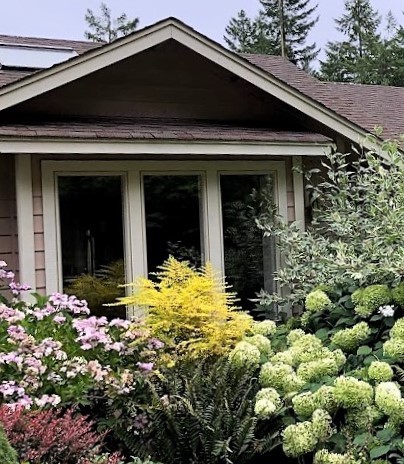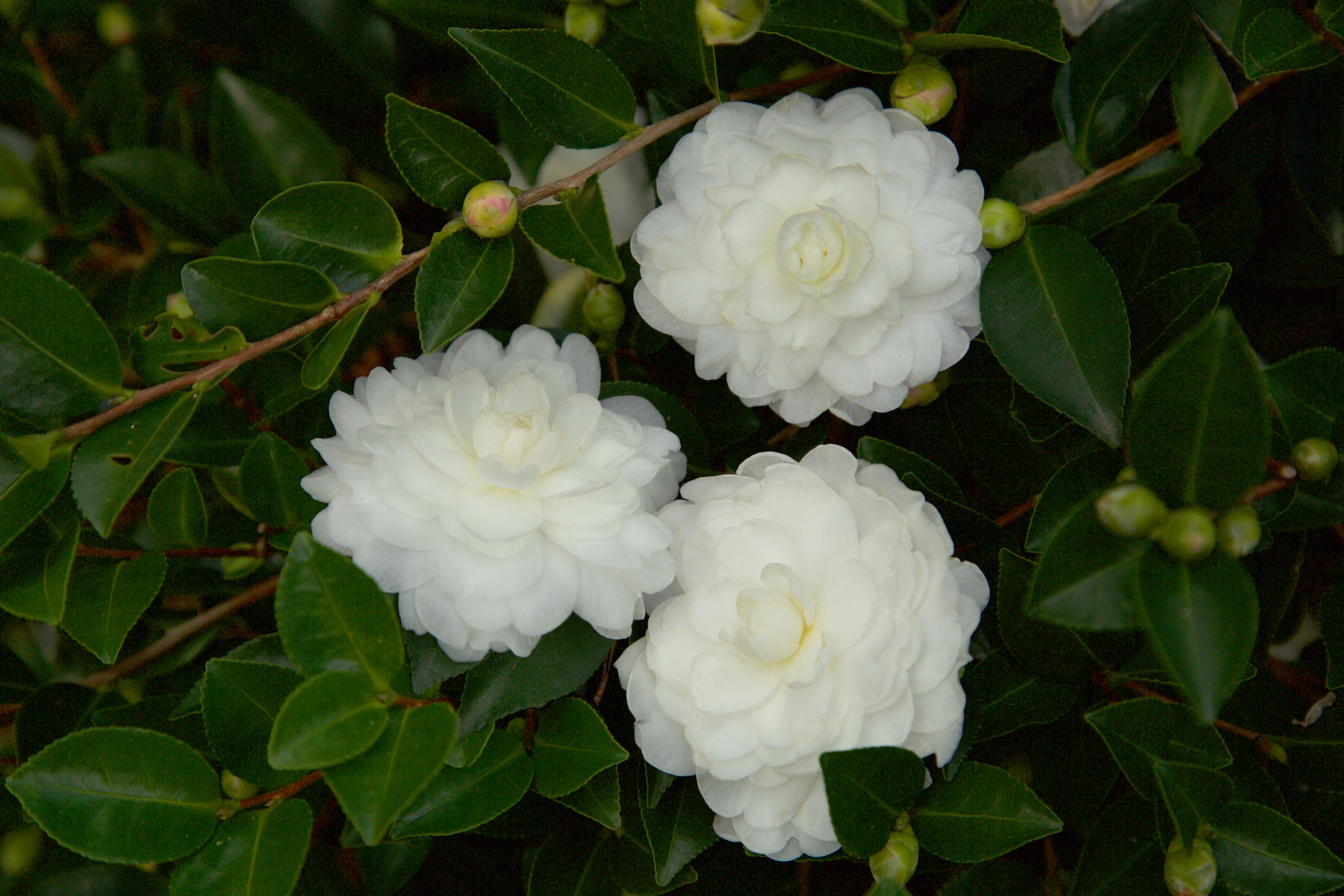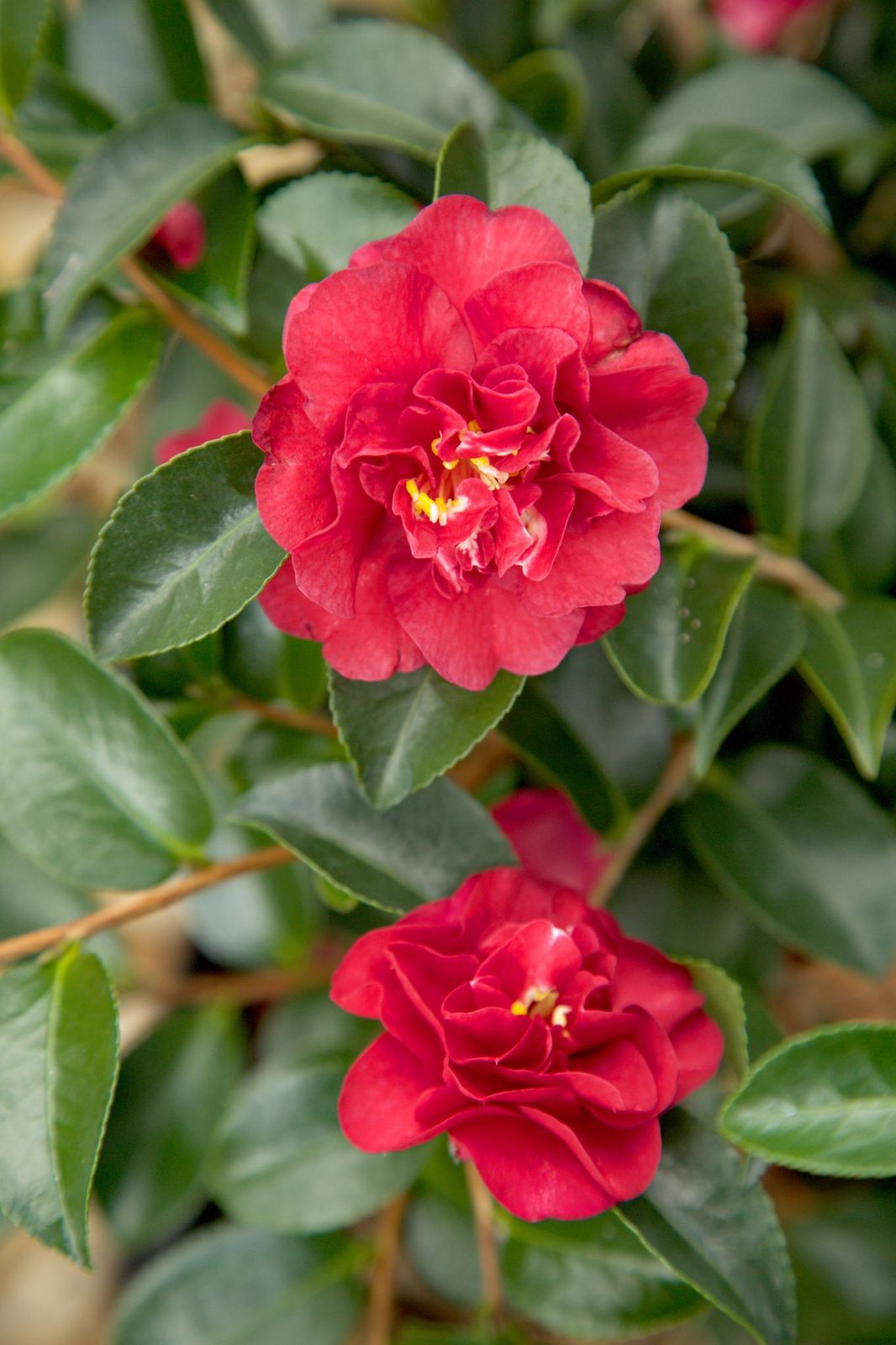
This is the time of year when we can imagine our gardens of the future. But how do we know which plants to choose? Today, I’m turning to Janet Sluis, Director of Plant Development Services and the curator of plants in the Sunset Plant Collection and the Southern Living Plant Collection. Essentially, she auditions plants.
I asked her what criteria she uses when deciding which plants will star in those collections. By following Janet’s advice, whether you’re online or at the nursery, you too can audition plants for your future garden. Using her standards has two benefits. It cuts down on impulse buying. (But doesn’t eliminate it—why spoil the fun?) And, your dollar goes further by finding the right plant for the right place, right now.
First off, Janet says, “Plants selected need to be regionally appropriate.” For instance, she would never recommend water-craving plants for summer-dry regions. While on your own hunt, try to match plants’ care needs with your garden. For example, Janet’s collection has the water-miserly Ligustrum sinense ‘Sunshine’. With its year-round golden foliage in Zones 6-10, this one brings drama to gardens where supplemental water may be restricted.

Second, Janet says, “I choose varieties that are less susceptible to pests and diseases. That means no chemical spraying in the garden.” As you search for suitable plants, you can note which ones include disease or pest resistance in their descriptions. Also, you could choose from among those raised organically, because they must be grown without reliance on heavy-duty chemicals. For instance, the groundcover rose It’s a Breeze® combines beauty and toughness in Zones 4-11.
Janet’s third criteria is rate of growth. She looks for those that require little or no pruning. She says, “They are either slower growing, or are more compact selections.” When you consider plants, notice descriptions of how fast they grow—is it by inches or feet?—and their eventual sizes. Don’t be fooled into thinking you can prune to keep it smaller. At some point, you won’t, or you’ll move, and future homeowners will have the rotten job of preventing a plant from reaching the size it’s meant to be. Better to choose appropriately proportioned plants to begin with, such as the elegant evergreen for shade, Mahonia ‘Soft Caress’ that shows off winter blooms at a compact 3 by 3 feet tall and wide in Zones 7b-11.

Fourth, Janet considers extended flowering times. “In the case of perennials,” she says, “I look for longer or repeat blooming.” That’s not only more enjoyable for you, but it offers continued support for pollinators. In regions with warmer winters, Janet likes to have plants in the collection that provide, year-round color and nectar. Gerbera Garden Jewels, with its continuous blooms fits the bill as a perennial in Zones 7-10. In colder parts of the country, winter-blooming plants can furnish color in the greenhouse. Consider the Camellia October Magic® series that includes White Shi Shi™ or bright red Ruby™.
And last, Janet wants plants in the collection to have more than one job. She says, “I look for plants with multiple uses such as cut flowers, pollinator friendly, and landscape problem solving.” Define what you want your new purchases to do. Perhaps it’s blocking a view, or filling an open space, or working as a colorful groundcover. Janet mentions Leucanthemum ‘Real Gold Cup’ as a Shasta daisy that fulfills several tasks. She says, “They make excellent cut flowers, and they’re a fabulous nectar and pollen source for both butterflies and bees.”


